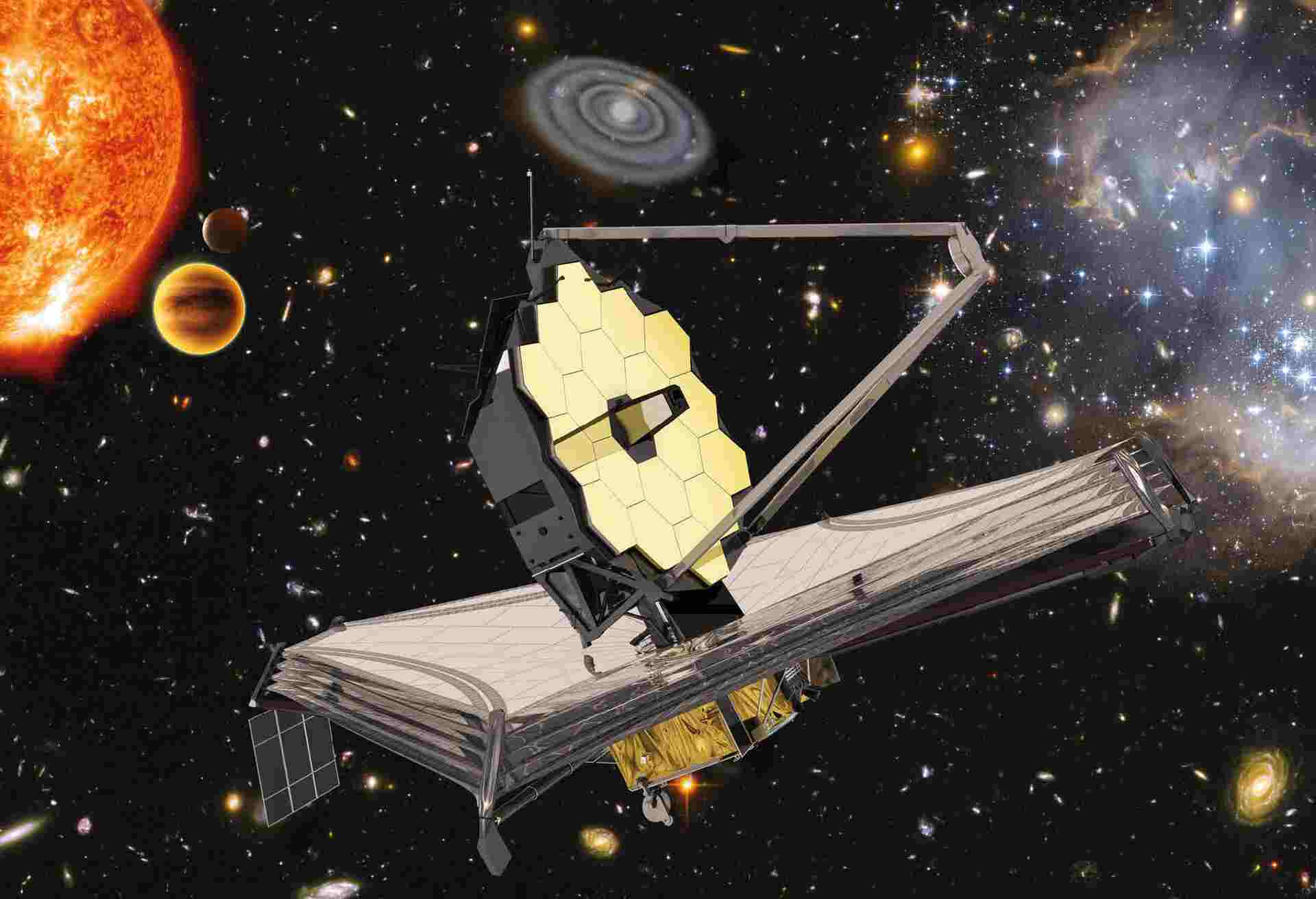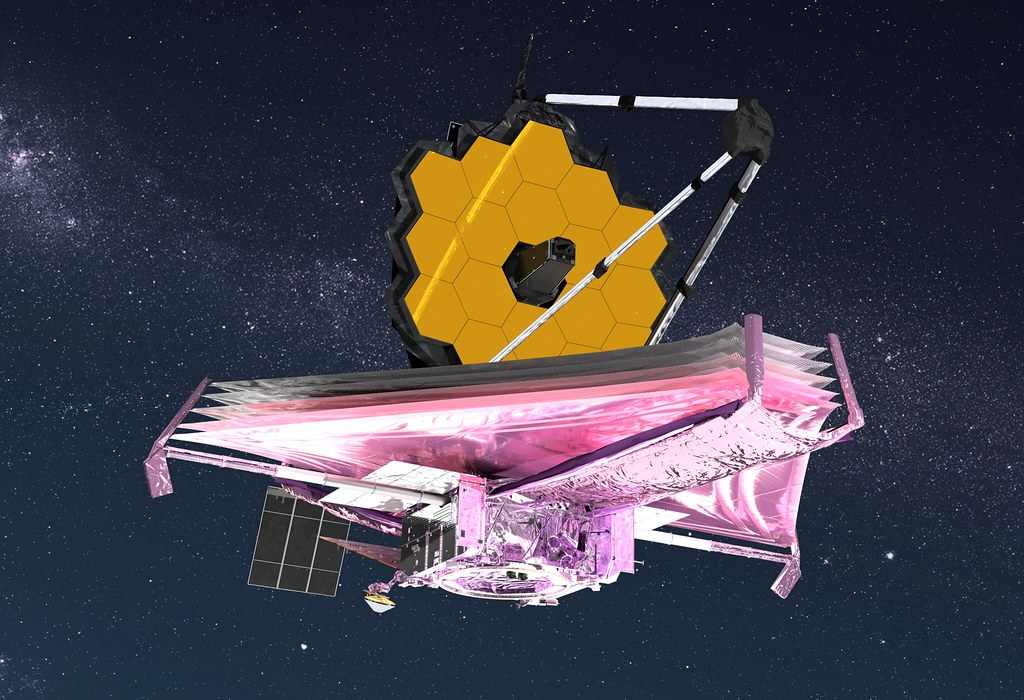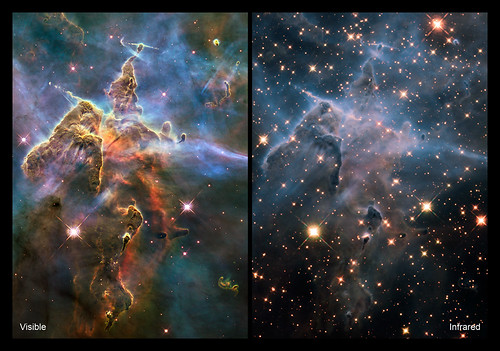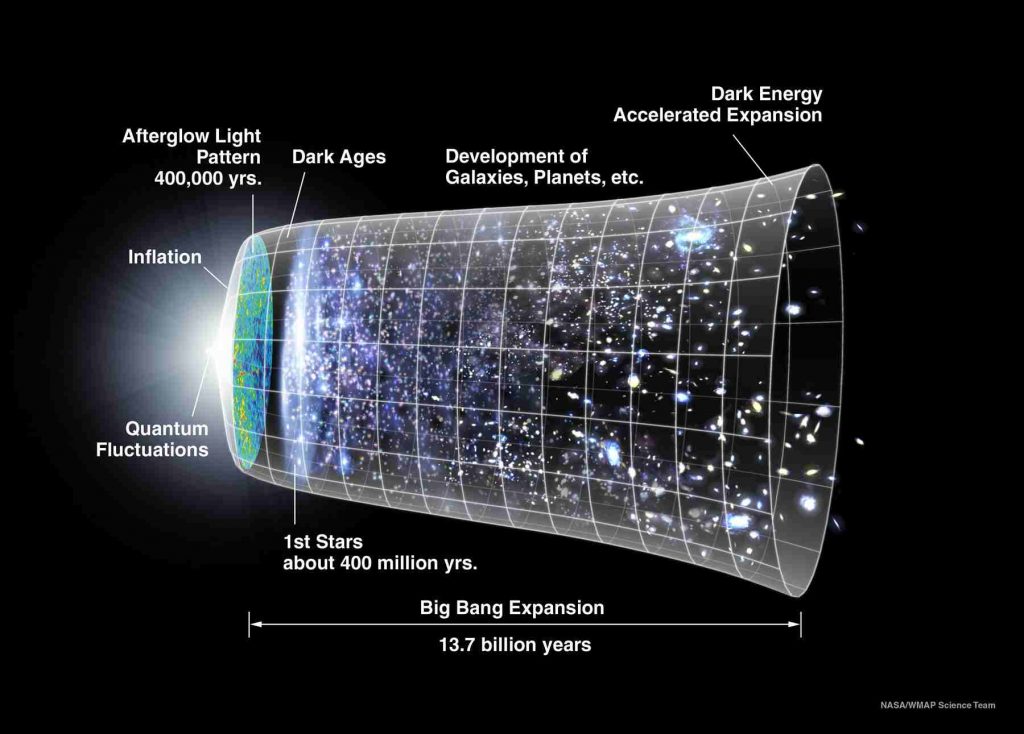When Galileo first trained his optic telescope on the heavens and opened up modern astronomical science, that was the first of electromagnetic windows on the spectrum terminology and out in the universe i.e., light.
This opens us a whole new debate on the vastness of the universe and a firm question of being alone in space. For this reason, critics and scientists have a hard time fixing their minds under their noses, and before they see anything bright or any object in space, they just develop a telescope to satisfy the curiosity that awakes while seeing it about what is happening over there!
It’s time for the invisible to be visible!
Under this statement, all our hopes have been carried on the shoulder of JWST with a curious question: Will the James Webb Space Telescope see the Big Bang? Or is it possible to see into the very foundation of everything?
So let’s find out what this mission is holding for us and is it actually going to reveal the most controversial and biggest dream of witnessing the almighty Big Bang!
Read: Where is the James Webb Space Telescope now?
Much awaited dream of seeing into the darkest and deepest past
James Webb Space Telescope is a beast of its own kind with a huge investment of around $10 billion that makes it among the biggest boy’s of NASA’s history in launching satellites.
It is half the size of 737 airplanes, its sunshield mirror is about the size of a tennis court. Its size is really moving the scientists and astronomers lobby into fantasizing its wonders.
“You are going to collect more and more ping pong balls in there” explained Jean Creighton, an astronomer. Due to the beautiful size of its mirror, it can easily capture and harness the furthest and faintest object in the black sky.
Light is the most crucial and only medium that leads to unravelling the depths of the dark aspects of creation and its phenomenon. Therefore, capturing more light is critical for observing the earliest stars and galaxies, over 13 billion years ago.
As it is said in the common saying which is usually termed as a prophecy that “Universe is infinite and it is incessantly expanding” meaning its constantly growing and stretching, increasing its mass since the violent inception termed as Big Bang, so the light constituting this is tremendously far away in billions of light years.
And the light must have left the Big bang a billion years ago, so observing this light is nerve wracking and depicts as we are steering back in our deep past.
“We are definitely looking way back into our past,” said Christine chen, a famous astronomer and scientist and a part of the studying team of JWST mission.
It is quite evident as even if we look into our own star obviously with protection that is also looking into the past as light takes a considerable 8 minutes to reach Earth.
Read: How can the James Webb Telescope see back in time?
Lifting the lid from the Ancient mysteries
Hubble has already given us major images and visuals in the visible approach band of the spectrum. It can observe visible faint light that some of around 12.7 billion years ago and which is quite commendable but also gave us an alarming thought of what goes beyond the sight and what is there that doesn’t lie in this spectrum and still played a crucial part containing all mother processes of the formulation and creation of the planetary systems i.e., the violent inception or Big Bang.
“We are going to witness the righteous beginning of the very early stars and galaxies that were ever formed”, exclaimed Creighton, which was not possible with Hubble but the looming launch of James Webb Space Telescope will give us this ability to finally peer through the past.
How will it be done?
Our universe is majorly filled with thick smoke of clouds made up of dust and gases often considered as those obscure things. Infrared light can slip through thick clouds of dust. Infrared has longer wavelengths than visible spectrum, so the light gets scattered as much by particles in the universe. Longer wavelengths, whose peaks and valleys are far apart, are less likely to collide with particles in space.
Related: Void before Big bang: Theories of Nothing comes from nothing
Violent Inception, Myth or Perception
Fossil remains and remnants of the violent inception or famously known as Big Bang were first mapped in the 1990s. The script of our universe is near and approx 14 billion years ago with the Big Bang. We can still overview the afterglow of this violent and sudden expansion of the cosmos.
Chunks and clumps of lurid blues and purples, known as cosmic microwave background radiation, are going to reveal minute variations in temperature and density.
The James Webb Space Telescope (JWST), which launched at 11.20pm AEDT on Christmas Day, is the biggest and most powerful space telescope to ever be built.
It promises to peer back in time and space to see the very first stars and galaxies that formed from hot, dense clumps of gas and dust.
“We are hoping that it will tell us about the beginning of everything,” says Dr Mather, JWST’s senior project scientist. “If all we do is confirm the story we’ve already got, that would be interesting. “But I think it’s also possible there’s something that we haven’t guessed out there yet to be discovered.”
What do galaxies and stars look like after the events of inception?
This discussion usually started with the concurrence of the incident taking place 300,000 years or so. The universe is considered as the hot fog of energy and seething plasma that couldn’t be penetrated by light known as the cosmic “Dark Age”. Over the ongoing next billion years as the universe constantly expanding and cooling, the earliest stars are in a constant situation of pumping out helium and hydrogen, transforming and transfusing the plasma around it. And it will be different as we are going to see them now with the help of JWST.
A common syntax of this was coined as a prediction that first stars were hundreds of times as massive as the Sun, and they would burn out in a few million years and either blow up as supernovae, or collapse into black holes, or maybe both.
Related: Why is the James Webb telescope better than Hubble?
Collective schematics of the analysis
In addition to investigating the mysteries outside of our solar system, JWST will peer back to some of the earliest galaxies that formed after the Big Bang and the very structure of the universe itself. It will act as an infrared sleuth, detecting light that is invisible to us and revealing otherwise hidden regions of space.
The James Webb telescope will look at every phase of cosmic history, including the first glows after the Big Bang that created our universe and the formation of the galaxies, stars and planets that fill it today. Its capabilities will enable the observatory to answer questions about our own solar system and investigate faint signals from the first galaxies formed 13.5 billion years ago.
“We want to know, how did we get here from the Big Bang?” said John Mather, NASA’s senior project scientist for the James Webb Space Telescope.
“We want to look at those first galaxies growing. There are dark areas of dust skewing our view of those earliest times when the stars are growing, but we can see them with infrared.”
Understanding why distant galaxies are so different from those closer to our own Milky Way galaxy would help fill a critical knowledge gap.
“We have this 13.8 billion year story of the universe, and we’re missing a few key paragraphs in the very first chapter of the story,” said Amber Straughn, an astrophysicist and Webb deputy project scientist for communications at NASA’s Goddard Space Flight Center in Maryland.
—————————————-
Thank you
If you find something intriguing in our article that surprises you, do let us know in the comment section below or share your feedback by mailing us.
Until then, stay tuned till we come up with something more exciting and intriguing. Till then happy reading, happy learning and remembering to support us!
Regards
Admin- The Globe’s Talk



